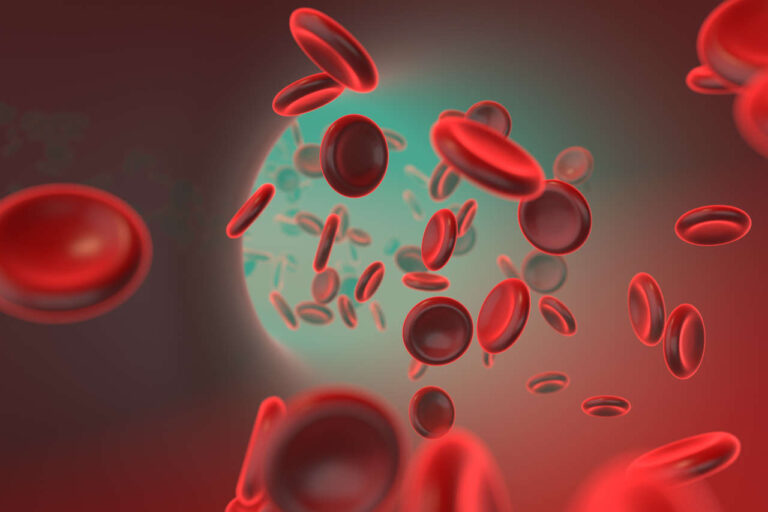
IVIG for toxic necrotizing fasciitis may be an option in certain cases. While a few studies show benefits, its use is controversial.
Consult an IVIG Specialist
Highlights
- Necrotizing fasciitis is a rare, aggressive bacterial infection. Delayed treatment may result in multiple organ failure and death.
- Surgery and antibiotics are the mainstay of therapy; IVIG is an experimental treatment.
- IVIG may be an option if you’re critically ill and have unstable blood pressure.
- It’s best to administer IVIG on a case-by-case basis.
- IVIG may be particularly effective in necrotizing fasciitis caused by Group A Streptococcus (GAS).
- More evidence from larger trials is needed to establish the benefits of IVIG for toxic necrotizing fasciitis.
A Quick Overview of Necrotizing Fasciitis
Necrotizing fasciitis causes death (necrosis) of the fascia and tissues beneath your skin. The fascia is a thin layer of connective tissue that surrounds your muscles, bones, and organs.
Other names of this condition are:
- Flesh-eating disease
- Streptococcal gangrene
- Suppurative fasciitis
Necrotizing fasciitis affects about four in one million Americans each year [1]. It can occur when a bacterium or several bacteria enter the body and produce toxins. These toxins limit blood supply to tissues and damage cells, causing pus-filled lesions.
If the toxins reach your bloodstream, it may result in toxic shock.
Bacteria associated with a necrotizing infection include:
- Group A Streptococci (Streptococcus pyogenes)
- Staphylococcus aureus
- Klebsiella pneumoniae
- Escherichia coli
Can You Use IVIG for Toxic Necrotizing Fasciitis?

Possibly. Few studies have looked into the potential benefits of IVIG for necrotizing fasciitis. Below are some of them.
According to a 2015 case report, IVIG may be an option in critically ill patients with unstable blood pressure [2]. In this case, a person who didn’t respond to antibiotic therapy improved rapidly after receiving IVIG.
This result corroborates an earlier finding in which researchers noted that IVIG as an adjunct to antibiotics or surgery dramatically improved the outcome [3].
According to the authors of this study, starting IVIG within 24 to 48 hours after the diagnosis could help prevent shock and multiple organ failure.
In a 2017 analysis, researchers analyzed over 4,000 cases of necrotizing fasciitis. Of them, 164 patients received IVIG therapy. They concluded that IVIG had no effect on death or length of hospital stay [4].
The World Society of Emergency Surgery (WSES) guidelines recommend IVIG for necrotizing soft tissue infections caused by Streptococci and Staphylococci [5]. The recommendation is based on the potential of IVIG to neutralize bacterial toxins.
Get Your IVIG Dose
At-Home InfusionIVIG for Toxic Necrotizing Fasciitis: Understanding the Mechanism
How IVIG benefits people with necrotizing fasciitis isn’t fully understood. Health experts believe IVIG may work by:
- Neutralizing the bacterial toxins
- Preventing abnormally rapid multiplication of certain immune cells
- Reducing inflammation
IVIG for Toxic Necrotizing Fasciitis: The Challenges Ahead
Despite promising results in case studies, several challenges still limit IVIG use for necrotizing fasciitis.
Researchers have yet to determine:
- The most effective IVIG agent
- The timing of therapy
- The dose
- The duration of treatment
IVIG for Toxic Necrotizing Fasciitis: Frequently Asked Questions
What is the role of IVIG in toxic shock syndrome?
IVIG can be used as an adjunct to surgery and antibiotics to improve survival in people with toxic shock syndrome.
What is the most effective treatment for necrotizing fasciitis?
Antibiotic therapy and surgery to remove dead tissue are the most effective treatments for necrotizing fasciitis.
What is the drug of choice for necrotizing fasciitis?
Ceftriaxone — a third-generation cephalosporin — is the drug of choice for early treatment. This medication is effective against gram-negative bacteria but has less potent gram-positive activity.
REFERENCES:
- Wallace HA, Perera TB. Necrotizing Fasciitis. [Updated 2023 Feb 21]. In: StatPearls [Internet]. Treasure Island (FL): StatPearls Publishing; 2024 Jan-. Available from: https://www.ncbi.nlm.nih.gov/books/NBK430756/
- Koch, C et al. “Intravenous immunoglobulin in necrotizing fasciitis – A case report and review of recent literature.” Annals of medicine and surgery (2012) vol. 4,3 260-3. 1 Aug. 2015, doi:10.1016/j.amsu.2015.07.017
- Cawley, M. J., Briggs, M., Haith, L. R., Reilly, K. J., Guilday, R. E., Braxton, G. R., & Patton, M. L. (1999). Intravenous Immunoglobulin as Adjunctive Treatment for Streptococcal Toxic Shock Syndrome Associated with Necrotizing Fasciitis: Case Report and Review. Pharmacotherapy the Journal of Human Pharmacology and Drug Therapy, 19(9), 1094–1098. https://doi.org/10.1592/phco.19.13.1094.31589
- Kadri, Sameer S et al. “Impact of Intravenous Immunoglobulin on Survival in Necrotizing Fasciitis With Vasopressor-Dependent Shock: A Propensity Score-Matched Analysis From 130 US Hospitals.” Clinical infectious diseases : an official publication of the Infectious Diseases Society of America vol. 64,7 (2017): 877-885. doi:10.1093/cid/ciw871
- Sartelli, M., Malangoni, M.A., May, A.K. et al. World Society of Emergency Surgery (WSES) guidelines for management of skin and soft tissue infections. World J Emerg Surg 9, 57 (2014). https://doi.org/10.1186/1749-7922-9-57













